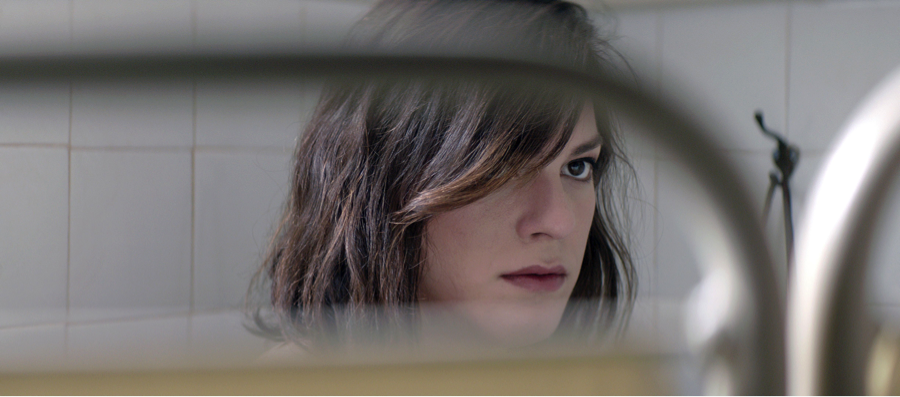2020 has been a pivotal year for the world, not least with a pandemic shaking the foundations upon which communities have built their livelihoods. Though some now see light at the end of the tunnel, the nightmare has yet to completely pass for Hong Kong citizens, who are now staring at the face of a vague, seemingly all-encompassing National Security Law. With values such as autonomy and freedom of speech threatened under this new legislation, the very fabric of Hong Kong society is coming loose. There is valid cause for concern, not only locally but also internationally, as the world is challenged on how to respond to China’s growing brute will, manifest in what was once a regional bastion of freedom.
The National Security Law criminalises secession, subversion, terrorism, and collusion with foreign forces, deploying wide-ranging penalties from disqualification from running in local elections to life imprisonment. A newly established National Security Commission will be responsible for enforcing the legislation, and their work will be overseen by a National Security Office based in mainland China, outside of Hong Kong’s jurisdiction. China has reasoned for the passing of this legislation in light of the violent protests that gripped Hong Kong last year, where citizens demanded the withdrawal of a drafted Extradition Bill which would have allowed mainland China to ask Hong Kong to hand over suspects for trial, de-classification of protesters as ‘rioters’, amnesty for arrested protesters, investigation and accountability for police brutality and greater democracy.
Vocal criticism, from the likes of European Council president Charles Michel, international legislators who have formed an Inter-Parliamentary Alliance on China and various human rights organisations, has amassed against the legislation. The main message that appears to be heralded is that the new security law will spell the death of ‘one country, two systems’, and subsequently Hong Kong as we know it. However, the Chinese Communist Party defends the law by claiming it will restore stability, and argue that the law is compatible with the civil rights and freedoms so dearly cherished by the city’s citizens. China’s human rights track record may prompt concerns over the security law. Will China turn back on its promises to Hong Kong, and spell the end of the city as we know it?’
From a purely legal perspective, the National Security Law does not warrant the alarms that have been sounded since it was passed. It has a basis under Article 23 of the Hong Kong Basic Law, a constitutional legislation that is the embodiment of ‘one country, two systems’ by granting Hong Kong its own legal system separate from the rest of mainland China. Under Article 23, ‘any act of treason, secession, sedition, subversion against the Central People’s Government, or theft of state secrets’ and acts of foreign political interference should be prohibited by law. Therefore, the content of the new National Security Legislation is in line with the existing legal framework. Furthermore, countries that have criticised the National Security Law are arguably imposing a double standard and exercising hypocrisy, as they themselves have their own forms of national security legislation. For example, the definition of terrorism under Section 1 of the UK Terrorism Act 2000 shares similarities to the definition given under Article 24 of the National Security Law, with both criminalising acts of violence against persons or property in pursuance of a political agenda. Every country has a vested interest in protecting their society, and China is no different, especially given the economic importance of Hong Kong.
Furthermore, the implementation of the National Security Law falls within China’s sovereignty, explicitly recognised in the Sino-British Joint Declaration. The Sino-British Joint Declaration is the international treaty signed when Britain handed Hong Kong back to China, and outlines terms of the governance of Hong Kong for at least 50 years until 2047. Under Clause 3(2) of the Sino-British Joint Declaration, it was provided that Hong Kong ‘will be directly under the authority of the Central People’s Government of the People’s Republic of China’. The same clause proceeds to clarify that Hong Kong ‘will enjoy a high degree of autonomy, except in foreign and defence affairs which are the responsibilities of the Central People’s Government’. The National Security Law is indeed aimed at defending Hong Kong society, and so the provisions under it are arguably permitted under the Sino-British Joint Declaration as a safeguard for the citizens who have been affected by the violence of the recent protests.
Whilst the notion of having a national security law in itself is not contentious, what is worrying is how the law will be implemented. Although most countries in the world are invested in protecting the security and stability of their societies, the offences of secession and subversion are not a common offence. A further aspect of worry is that the Hong Kong National Security Law expands the scope of criminalisation to cover any acts ‘whether or not by force or threat of force’, meaning that theoretically, it does not even matter if a citizen has actually done anything. If they so much dare to think in a manner contrary to what mainland China wants, in a manner perceived to be secessionist or subversive, they could find themselves punished. Surely, this cannot be reconciled with the freedom of thought and expression that Hong Kong citizens are accustomed to and were promised?
Yet, this is not even the most menacing effect of the National Security Law – its ability to completely bypass existing Hong Kong constitutional structures and permit mainland Chinese courts to try suspects without any judicial scrutiny is the final chokehold as a free Hong Kong takes its last breaths. Hong Kong’s judicial independence, an institution so essential to its success, is under serious threat if China were permitted to have the last say. There is no guarantee for justice that Hong Kong citizens could previously enjoy given China’s disrespect for human rights, as seen with their treatment of Uighur Muslims in Xinjiang. The National Security Law effectively presumes a suspect guilty until proven otherwise, since bail will not normally be granted because of an assumption that the suspect has committed, and will continue committing acts against national security. The practical implication of the National Security Law is what concerns Hong Kongers, and sparked mass outcry.
Any legal grounds in defence of the National Security Law are uprooted by the breaches in fundamental principles that have long governed life in Hong Kong, by the laws of China where justice and fairness are near non-existent. As China expands its power, dissenters can now easily be silenced by this new piece of legislation. The Hong Kong National Security Law offers security only by name, but subversion by substance. As international allies scramble to find a solution against China’s forceful imposition of its will, Hong Kong citizens find themselves in even less safety than before, and it would come as no surprise if the city has yet to encounter its most tumultuous chapter.
Author wishes to remain anonymous.











